

The Chinese community stands out as one of the prominent ethnic groups along the Chanthaburi riverside, which includes Hokkien, Teochew, Hakka, Cantonese, and Hainanese. They practice Mahayana Buddhism, transforming the central market area—once a vital trading hub for the Chinese—into a vibrant space for purchasing spices, forest products, rubber, and sedge mats to ship to various cities, both domestically and abroad. Some even owned junk boats, using them for trading. Chinese immigrants built several shrines that became vital centers for spiritual support and worship within their community. Along this walking route, you will find several notable sites, including the Tua Lao Eia Shrine, the Kuan Yin Shrine, the Pun Tao Kong-Pun Tao Ma Shrine, and the Zhou Si Kong Shrine, all beautifully situated on the hills of the Chanthaburi riverside community.



1
Kuan Yin Shrine and Tua Lao Eia Shrine

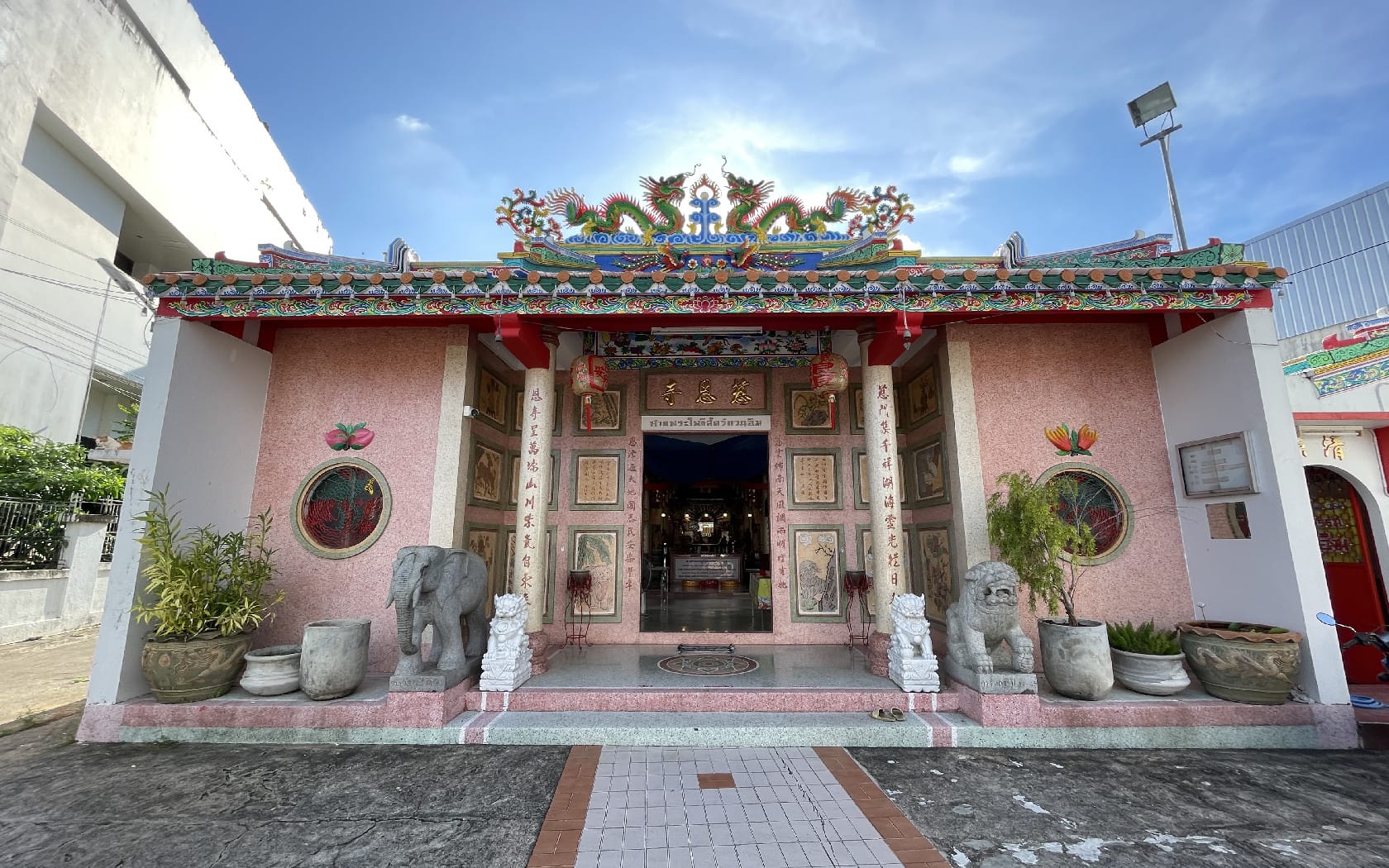
The Tua Lao Ya Shrine is situated on a hill along Sukhapiban Road, overlooking the Chanthaburi River. For many years, it has served as a sacred site for the Chinese-Thai community and residents of Chanthaburi Province. Within the shrine, one can find three deities: Tua Lao Ya, known as the Tiger God (God of Wealth); Hok Tek Lao Ya (Lord of the Land); and Chai Sing Lao Ya (God of Fortune). Each year, the shrine organizes a procession featuring the three deities parading through the streets, bestowing fortune and blessings upon the people of Chanthaburi, all while being accompanied by the lively Golden Dragon Group. Nearby stands another historic shrine, the Guan Yin Bodhisattva shrine, a popular destination for locals who come to seek blessings in love, children, and career.
2
Pun Tao Kong-Pun Tao Ma Shrine
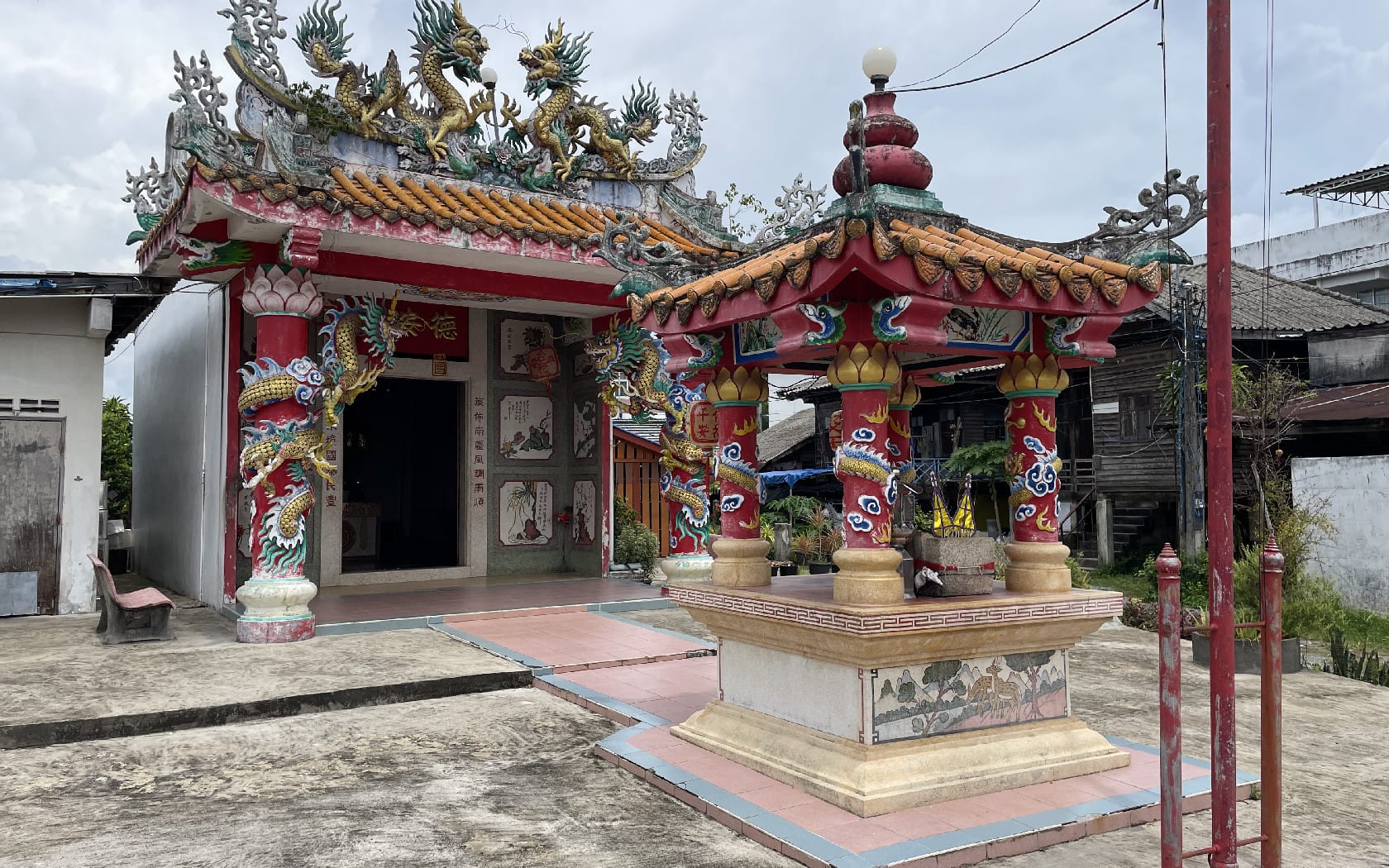
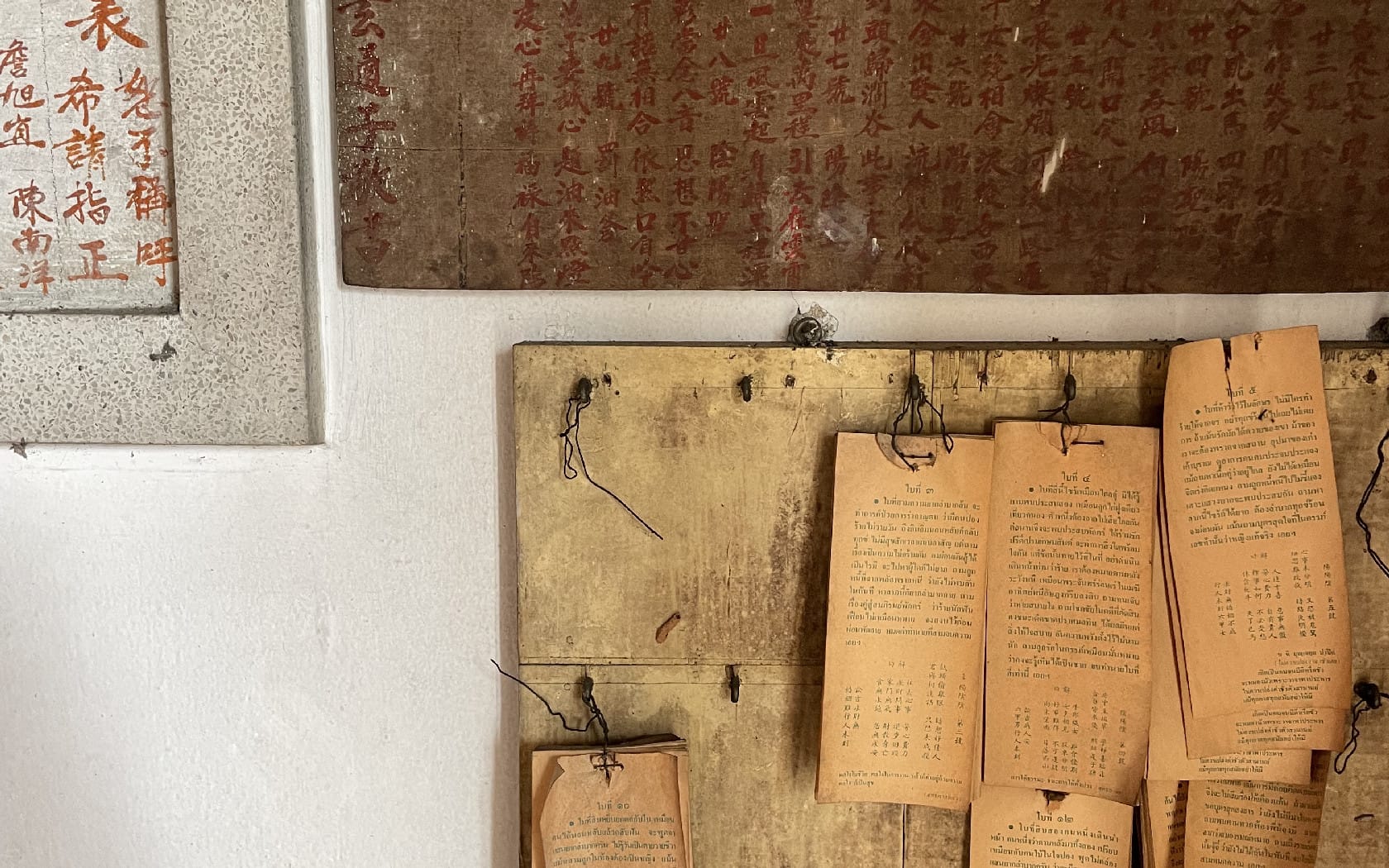

This shrine is believed to have been constructed by the Chinese ancestors two centuries ago. Over time, the shrine had deteriorated, and by 60 years ago, it left nearly no traces of its original structure. In 1972, the medium was possessed by Po Seian Chow Sue, who proclaimed that the spirits of the Lord and the Goddess once resided together in this ancient shrine. A committee was formed to engage and reach out to those of faith, inviting their support in both funding and effort for the construction of a new shrine until its completion. A ceremony took place to inaugurate the new shrine, where the Lord and Goddess were graciously invited to assume their rightful positions within it. A Chinese poem has been written for the occasion with the core message, “I have lived in this shrine with the goddess for years to safeguard against any threats to the people… establishing a place for future generations to witness and uphold their devotion forever.”
3
Zhou Sue Kong Shrine
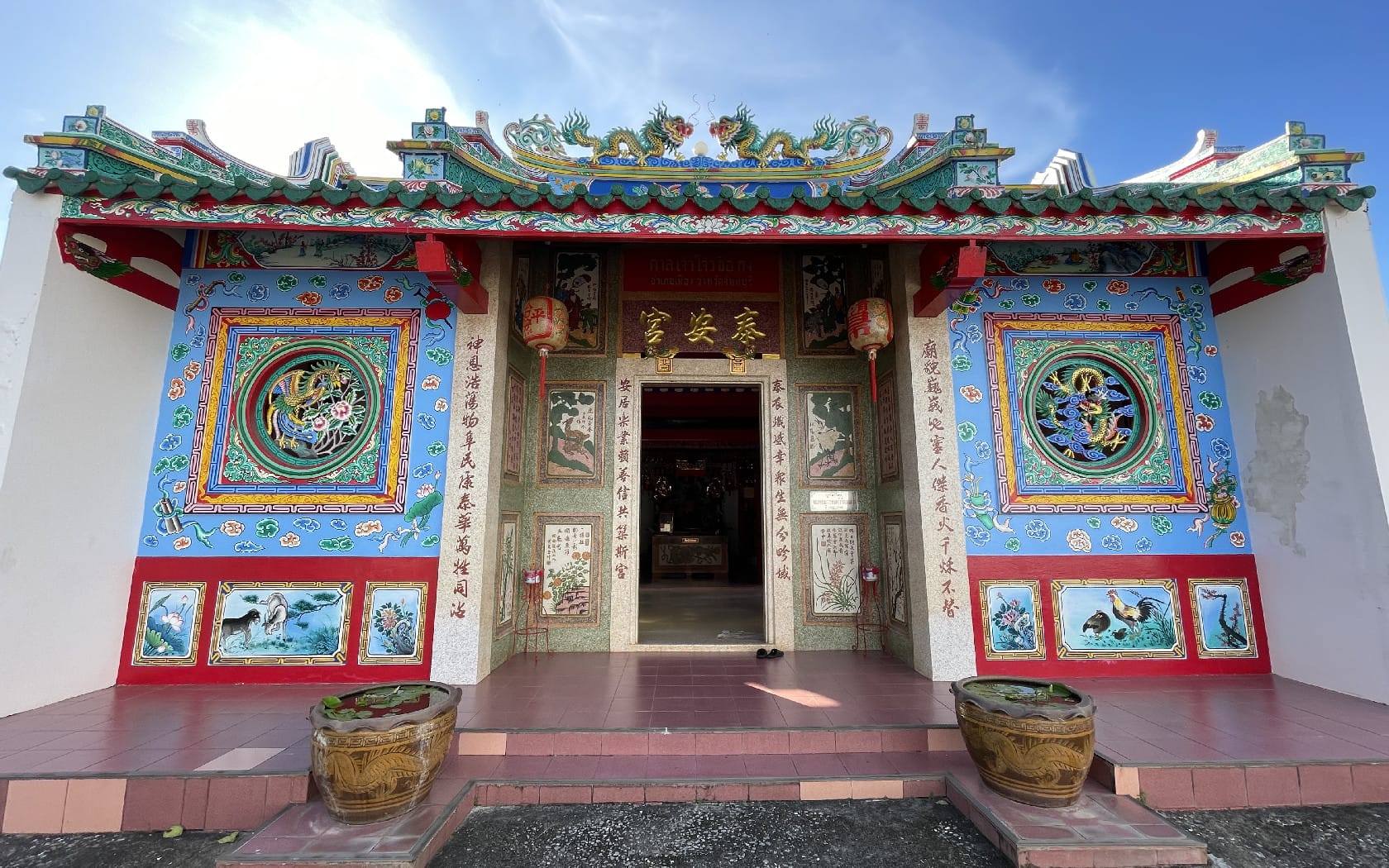

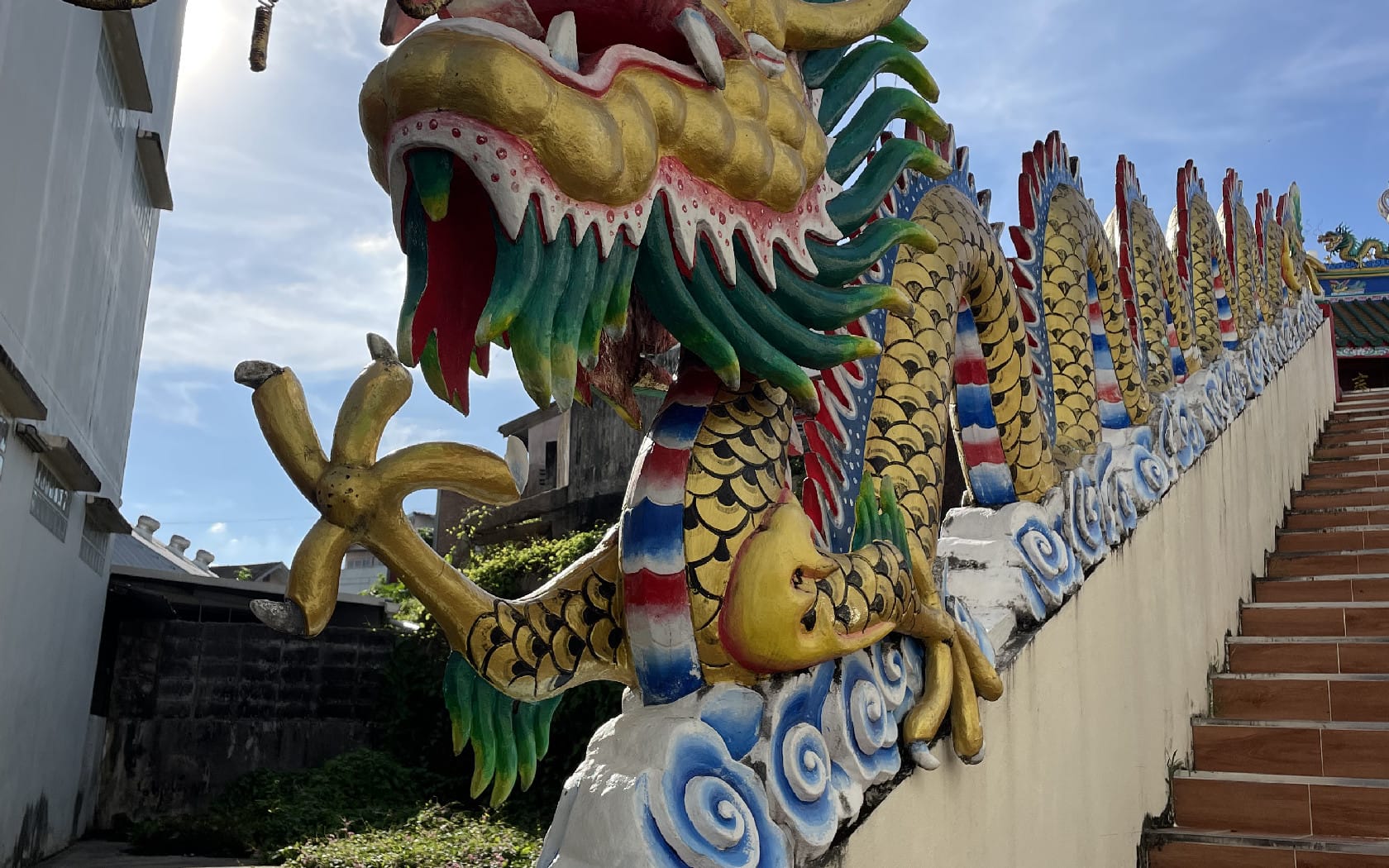
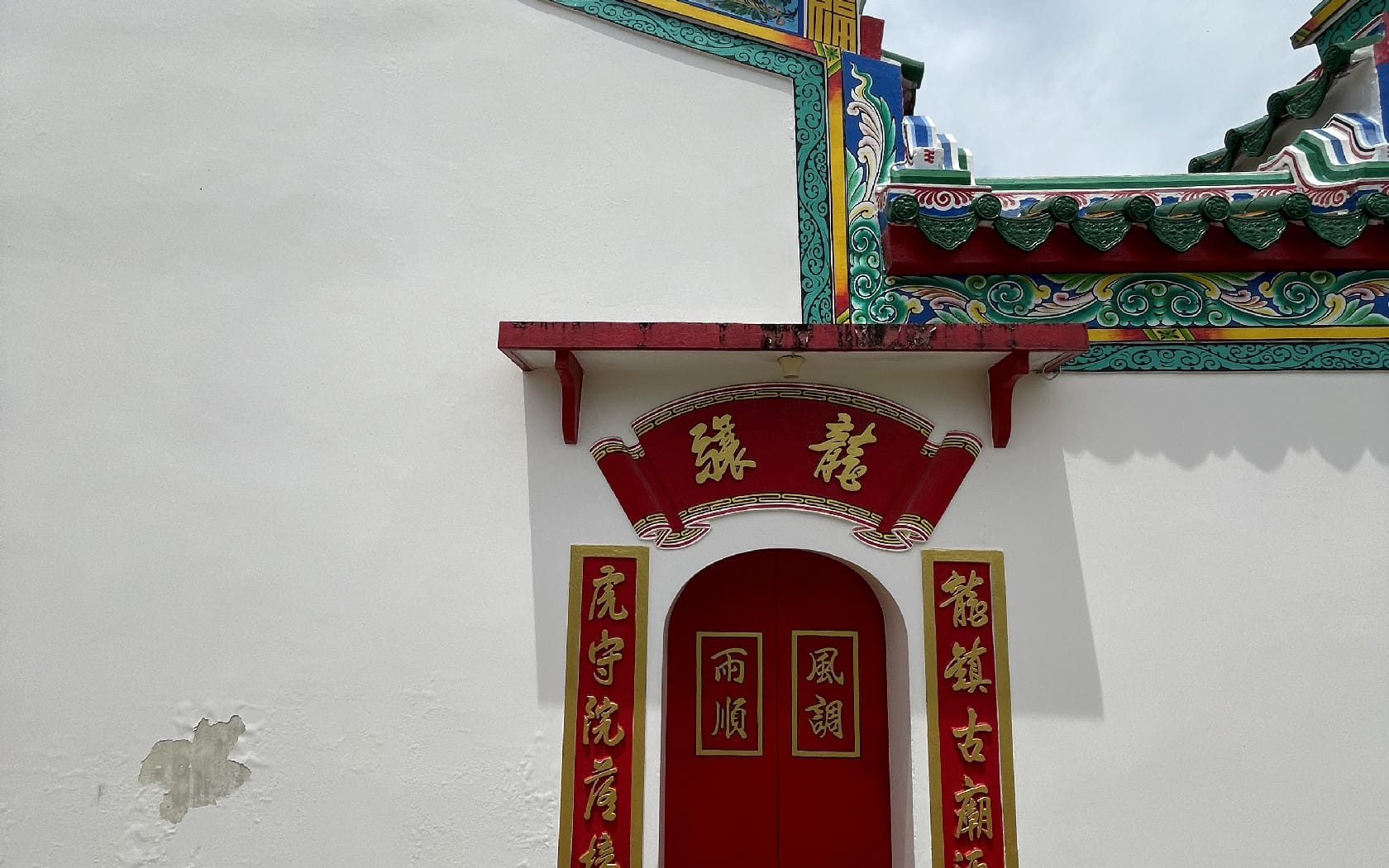
The riverside community is home to a historic shrine with a legacy that spans over a century. The devoted locals and committee members from past generations have renovated and enlarged it. Inside the shrine, three deities await worship and prayer: Seng Jui Zhou Sue Kong, known for providing healing from ailments; Eang Tian Siang Ti (Tua Lao Eia), the god of wealth, whom worshipers seek for enhanced charisma, prosperity, and good fortune; and Mae Ju Sae Niew Niew, who supports those in their quest for children. Pregnant women pray to the goddess for a healthy pregnancy and a seamless childbirth.
